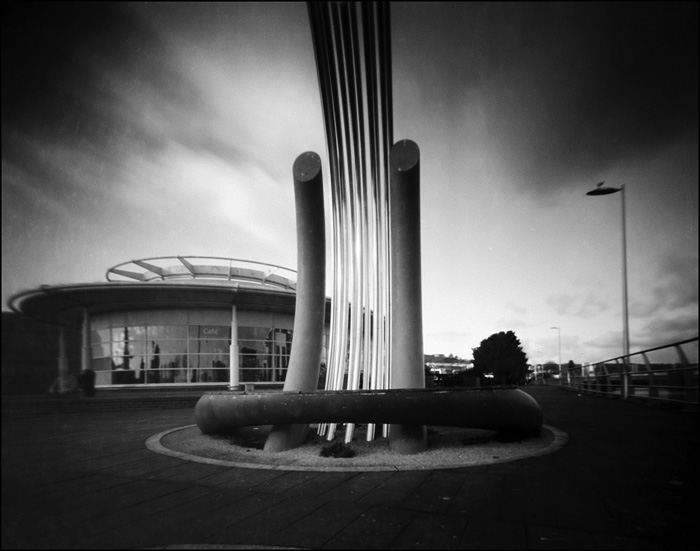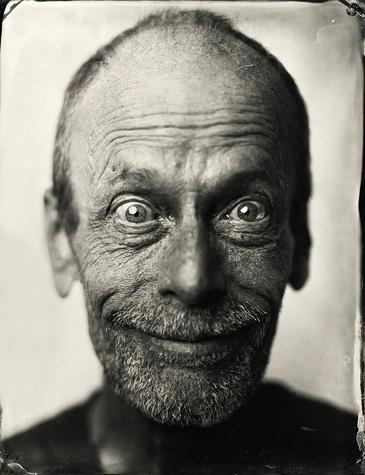Redundancy became retirement as opportunities to find another job in teaching diminished. I had interviews with schools and discussions on course writing projects but it didn’t change the fact that I was approaching 65 and that, given my birth year, I was heading towards retirement.
I was quite glad of it. Over the preceding years my continued cigarette smoking had been wearing me down. My father had quit smoking just four months before he died, and I wanted to have more time than that. I’d looked for help on this when I came back from Singapore as I was then in quite a deep depression and had already recognised that continuing to smoke after the damage was evident was nothing short of self-harming. Hoping to do some Cognitive Behavioural Therapy I was sent to see a psychiatrist to get a referral.
It could hardly have been a bigger mistake – the psychiatrist had no grasp on my situation but also, quite clearly, none on his own either. He was out of his depth, and five years later would be sacked by the health board for clinical incompetence and failure to diagnose correctly.
I went back to Italy almost every other year, even meeting up with Sofia in Venice while she was studying for her masters. I stayed with Adri and Mirko just outside Bologna and spent most of every day out with a camera or two, walking and shooting in the street, sometimes with a local friend if there were exhibitions to see. However the last Christmas I spent with them I was already starting to get ill before I arrived. I was too ill to walk anywhere.
This was followed by a serious chest infection when I got home that left me semi-delirious for several days while the antibiotics took effect. At a certain point I realised that I hadn’t had a cigarette for three whole days and decided I would not start again. I vaped instead.
I’d had several long discussions with Adri over the years about my behavioural patterns, often returning to the idea that I might have some degree of Asperger’s, but she was convinced that it was down to the lack of proper parenting – child development was one area of her expertise. When I finally got to see a psychiatrist later that year they agreed, confirming that the negative traits, the revolving anxiety and depression, and the addictive behaviours were all down to the neglect and the lack of stimulation as an infant.
It was ironic that my mother had said that having to look after a new-born had helped her mental health after Bernard died. But while she remembered how violently angry she had been in those first few years (which I also remembered in part), she could not intuit the impact it would have on those around her. It’s easy to understand why, in some cultures, a new-born would be fostered out if the birth coincided with the death of one parent.
Towards the end of the American War in Vietnam, some research on child development was carried out to compare children who grew up with either two parents or just one. This was possible because so many servicemen had been abroad for so long. I didn't see the original paper but the gist was that in the first four years of childhood having regular contact with two primary carers was seen as essential for the development of healthy interpersonal relationships in later life.
As I recall, having only one carer led to attachment issues, but I was also curious about how this might affect language development. We learn our first words one after the other by repeating what we hear. In this way one-to-one communication develops with statements, questions and responses and an ever widening range of vocabulary terms and phrases.
However, the full range of functional abilities depends upon usage, accent, enunciation, intonation, and intent, with speech patterns that vary from person to person. Exposure to a variety of patterns increases the range of language and nuance that can be understood, which in turn assists the learner in engaging in different contexts, including debate, assertion and persuasion, and most importantly negotiation. One person alone cannot model these for the learner; it takes a minimum of two people, both equally proficient in the language and ideally both adult. These are language features that are best observed first, from as wide a variety of individuals as possible, and then developed as skills through practice.
If language exposure is restricted in the beginning it can take years to come to terms with the limitations this creates, taking yet more time to learn the subtleties of a language to be able to reflect on the causes. Curiously, spending time in other language cultures, in particular where my understanding was so limited that I could effectively ignore the babble around me, or where it took extra force and insight to express myself, was hugely beneficial. I would sometimes learn two new terms at once for any concept I had missed picking up the first time around.
I went out to practise guitar with some friends in the area but quickly switched to the electric bass again – it was far more comfortable to work with, both for the low notes and as a tactile expression. I wasn’t expecting to pick it up quickly, especially given my cognitive difficulties in counting backwards and forwards with letters, but I’d had enough practice with other instruments to know that with “time, patience and intelligent work” (as flute teacher Trevor Wye put it) the basic skills would develop.
I also had extra time for photography and camera making. There was timber left over from the Surveyor I that went into the Surveyor II, and still further materials that I used to redevelop the Neretta camera into a cherry and maple Tutone. There were weeks when I seemed barely out of the workshop – reminding me very much of my final years in my rented room in Cambridge when I had worked on making sculpture 12 hours a day.
Often as not, I would be responding to requests to make replacement bellows for photographers who favoured using classic film cameras over anything from the 1960s onwards. With reason of course, as many of the older cameras had wonderfully expressive lenses to work with. The lenses, being glass and brass, were still perfectly good, but the bellows had often perished and needed replacing. A growing bin of spare parts and scraps meant I could also indulge myself in making a wide variety of simple pinhole cameras.

Riverside Sculpture, Swansea
A local gallery and arts society made it possible for me to exhibit my photos in group shows. These were selling exhibitions, but the Oriel Lliw gallery acted as a focal point for all manner of artists in the area, so selling was not the only objective. For a while I was able to help them out with the gallery photography and their website, but it was a novel thing to see my work up large on white walls in the open-call exhibitions rather than just onscreen.
During one exhibition I had another photographer take a portrait of me using the collodion process on a sheet of tin. I wanted to replicate one of the ‘canonical grimaces’ of Franz Messerschmidt, an 18th century sculptor whose studies of extreme expressions reflected his struggles with his mental health. His works survive in bronze and marble, whereas this was a half plate tintype, about 10x14cm.

Collodion Tintype Portrait
One day, after taking the promotional shots for a new exhibition, I went down to the cafe in the building for an urgent espresso and spotted a sign saying ‘Language Cafe’. Nik, who ran it with her husband, was fluent in French and Spanish and had started using the slack hours in the cafe for teaching. It was good to work on my fluency in French and Italian. Apart from one brief visit to Paris, and the occasional movie or article, I had rarely used my French in 40 years and my vocabulary and grammar (the latter never had been very good) had been buried beneath the sediment of other concerns.
But it was more than just the language. Regular use of Italian opened up areas of my imagination that had been closed off, cauterised. I started to devour word puzzles, films, and novels, which was unusual for me since I had never had much time for literature, not after studying it in depth, and word games in English had never had much appeal. But direct communication with another person who was equally passionate about forms, structures, and usage was both inspiring and uplifting.
And inspired and uplifted is how I intend to continue.
Collodion Tintype Portrait, Copyright ©2019, Gareth Jarvis.
[The full text with 43 photos is available in print as an 8x10" photo book on Blurb.]
| Early Days | Late Teens | Bilbao to Copenhagen | London to Cambridge |
| Bologna to Swansea | Salalah to Singapore | Wales | Untitled, Unfinished |